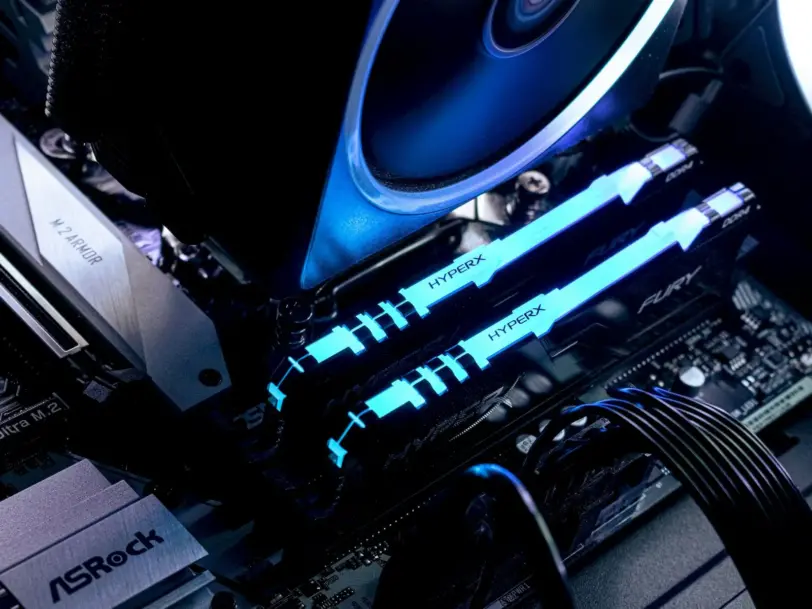What is ECC memory support?

You may have noticed that RAM memory is normally named according to its format, such as DDR3 or DDR4. However, when it comes to naming memories, there are two more types: ECC RAM and non-ECC RAM.
Non-ECC memories are used by individual users, while ECC memories are used for workstation equipment and servers. Want to know the differences between them? In this tutorial we explain to you what ECC memory support is.
What is ECC RAM memory support?
The word ECC stands for “Error Correcting Code”; This implies that the RAM has an extra bit that represents a programmed code to detect errors in the processor and warn us that the RAM needs to be replaced. Since they work with a binary system, if the bit reaches 1, an error has been detected; 0 means everything is correct.
Sometimes errors may occur due to temperature increases or electronic malfunctions, and these errors may cause some bits of the registers to change and thus cause malfunctions in the processor. ECC RAM memories have an architectural design that allows the changed bit to be detected and corrected without losing working data.
ECC and non-ECC RAM memories are easy to identify and distinguish because basically the difference is just one bit. Non-ECC RAMs do not have this error correction bit and are known as regular RAM found in most computers.
What does ECC RAM memory support do?
Computer storage systems are hierarchized by subsystems that are part of a whole. The system mentioned here is memories. These memory systems, which form a larger system, include the hard disk, RAM memory and the processor’s internal cache.
Of course, each has a specific purpose and function, and RAM is no exception to this rule. There are a wide variety of RAM memories and they tend to cause confusion due to their similarities, such as ECC and non-ECC RAM memories.
First you need to understand what actions RAM memory performs on its own. This fast or random access memory allows storing information about the registers that the computer uses to perform its tasks. There are registers that are used specifically for certain actions, meaning each type of register has its own unique functions.
RAM stores records of specific tasks; therefore, it has a direct impact on the responsiveness of the processor, as there are data storage blocks that allow processes to be split. However, its most distinctive feature is its storage capacity; Its purpose will always be to speed up responses so that the system is not halted by a program and the processor is not forced to search the hard drive because it takes a long time to generate a response.
While a basic computer can function properly with 2 GB of RAM, those who want to use applications such as games or professional design programs must have 16 or 32 GB of RAM. Of course, the higher the capacity, the more expensive the memory will be.